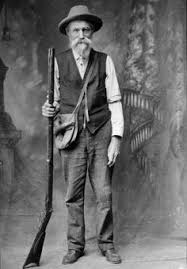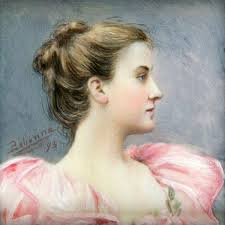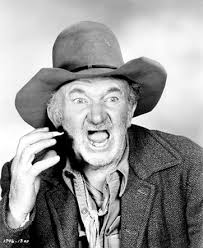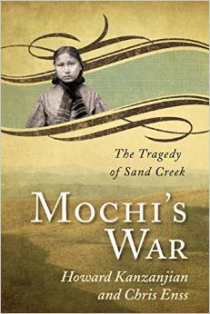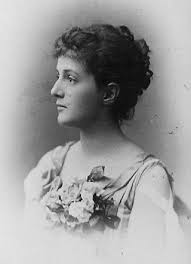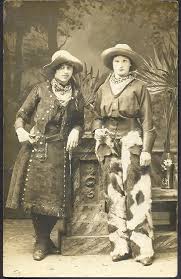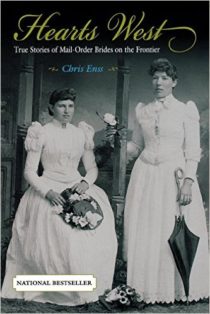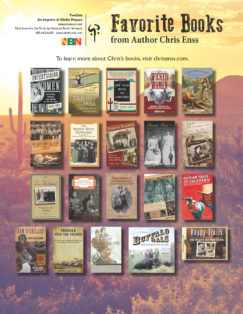To do list: WIN! Enter to win a copy of two books about mail order brides of the Old West. The titles you can win are Hearts West: True Stories of Mail Order Brides on the Frontier and Object Matrimony: The Risky Business of Mail Order Match Making on the Western Frontier.
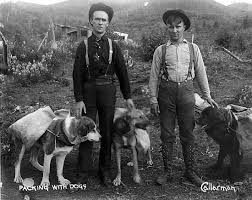
In the early days of westward travel, when men and women left behind their homes and acquaintances in search of wealth and happiness, there was a recognized need for some method of honorable introduction between the sexes. The need was readily fulfilled by the formation of a periodical devoted entirely to the advancement of marriage. Throughout the 1870s, 80s and 90s, that periodical, to which many unattached men and women subscribed, was a newspaper called Matrimonial News. Here’s a sample of one of the advertisements that appeared in the publication:
No. 282 – A few lady correspondents wanted by two bashful men in their 30s, of fair complexion. Both 5 feet 5 inches tall, weight 130 – 145 pounds. Would prefer brunettes of fair form about five feet, between 18 and 20 years of age. Object, improvement, and if suited, matrimony. No elderly ladies need apply.
To learn more about mail order brides and the advertisements they placed in various publications read Hearts West: True Stories of Mail Order Brides on the Frontier and Object Matrimony: The Risky Business of Mail Order Match Making on the Western Frontier.

